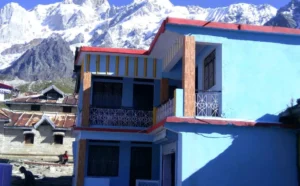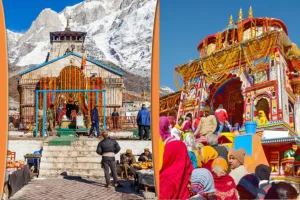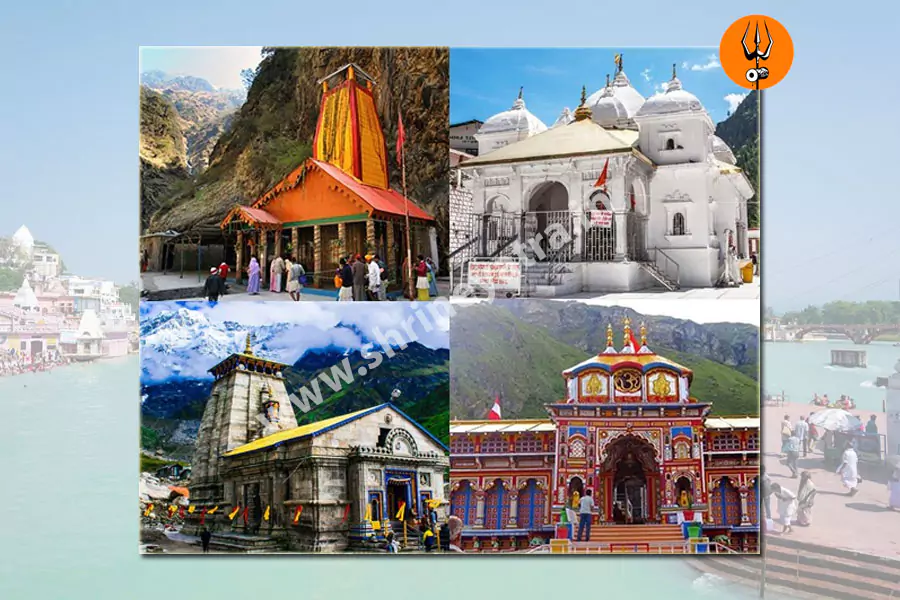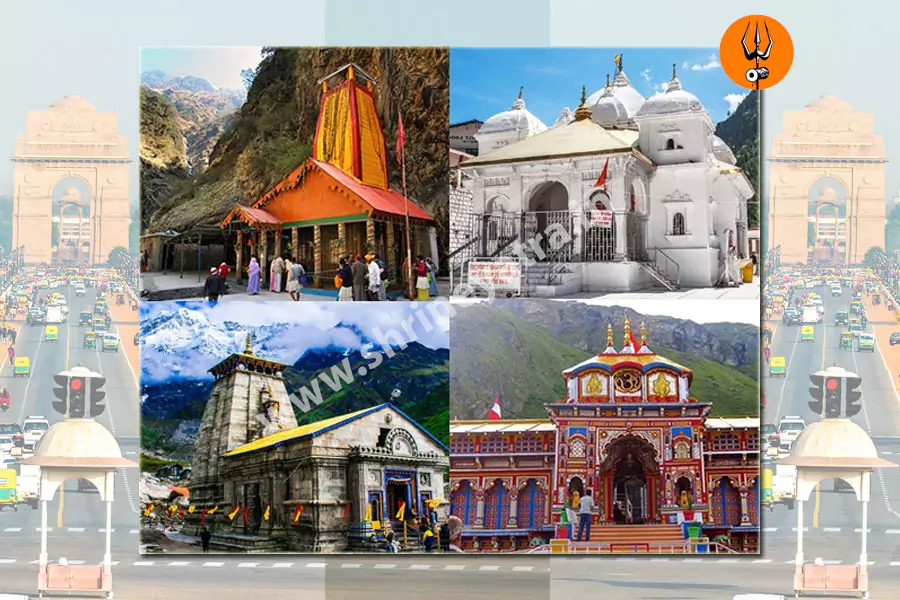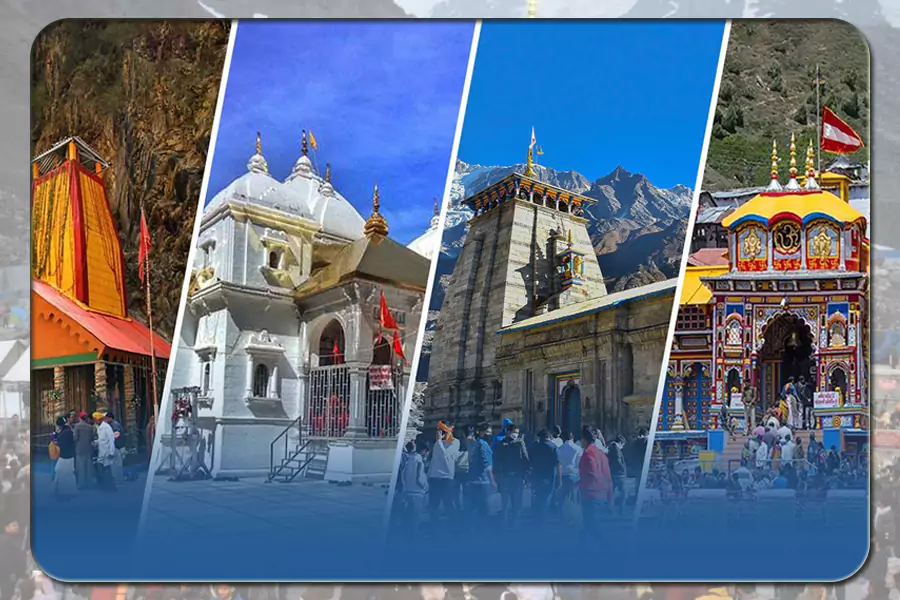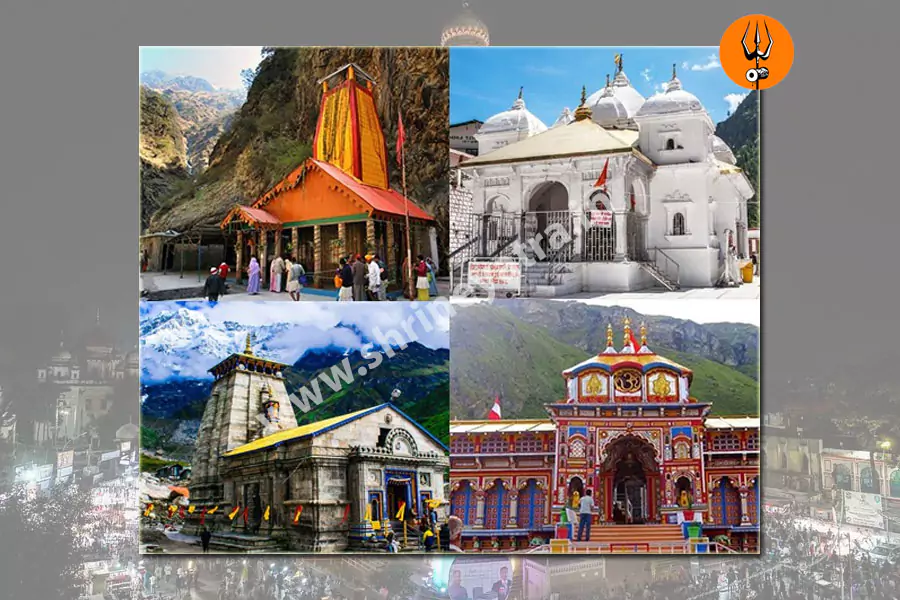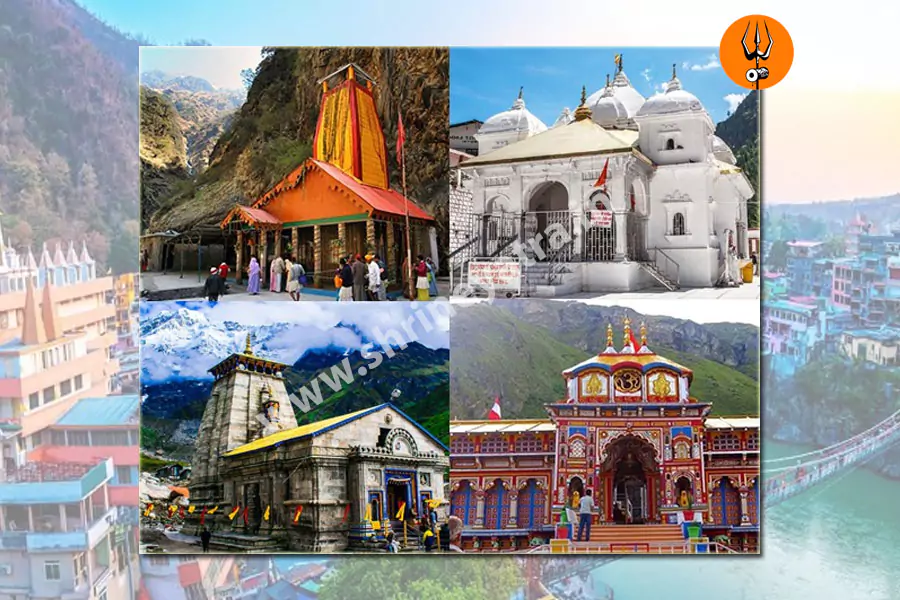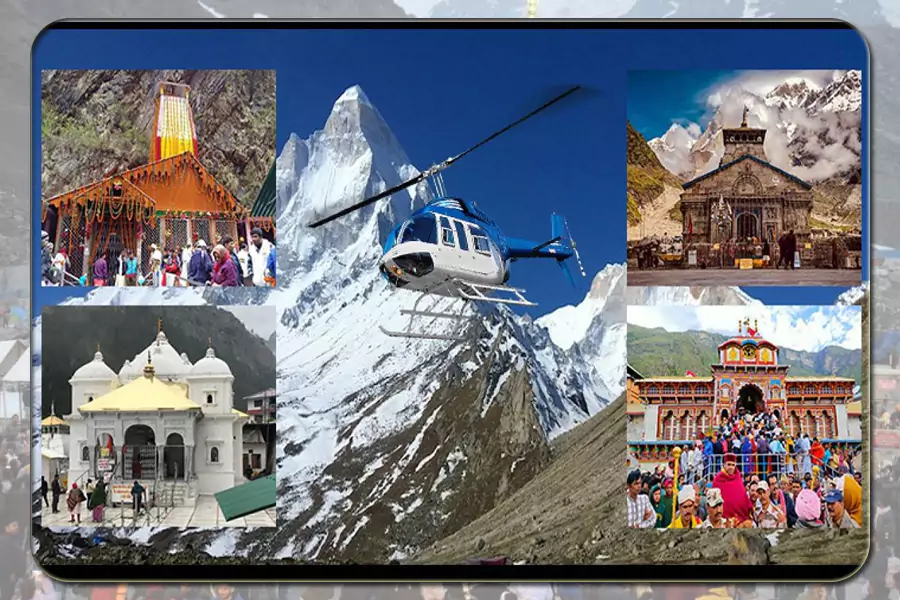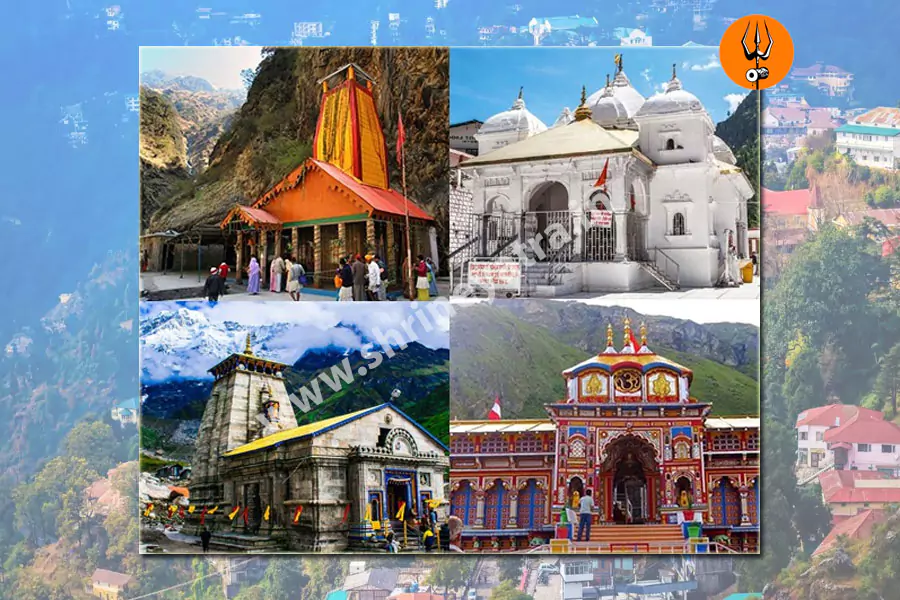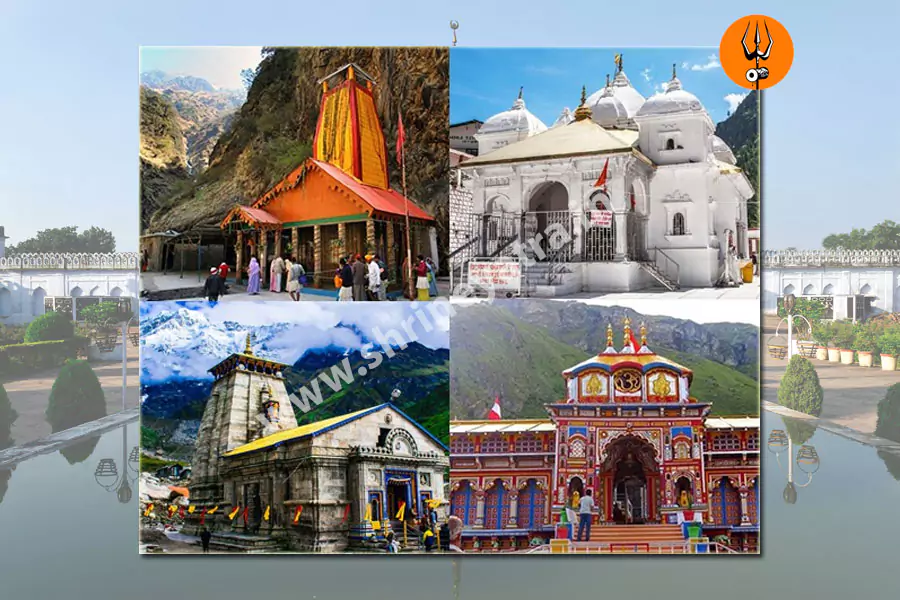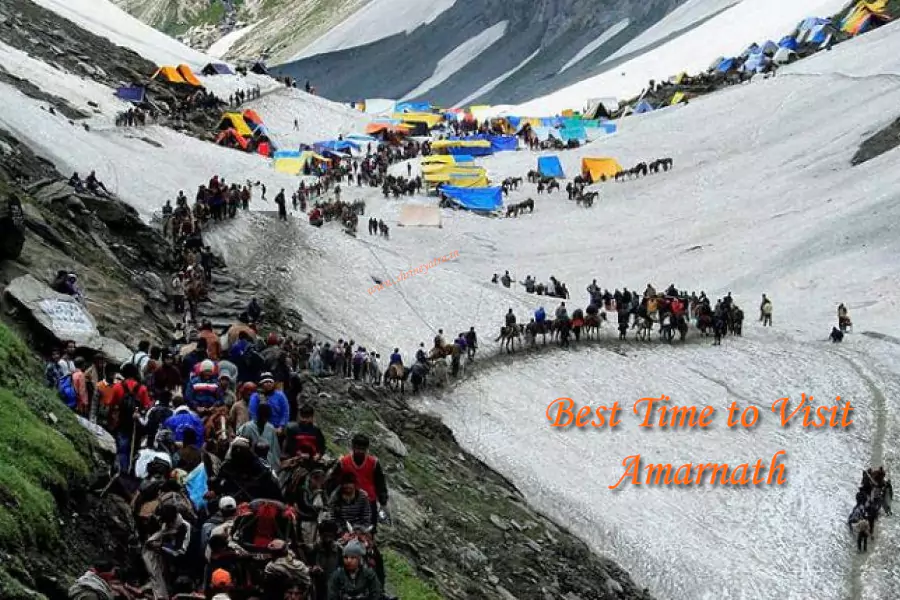
Best Time to Visit Amarnath | Ultimate Guide for 2026 Yatra
The holy shrine of Amarnath holds immense spiritual and religious importance for Hindus. Nestled in the serene Himalayas, the Amarnath cave is believed to be the earthly abode of Lord Shiva, making it a top destination for devotees and adventure seekers alike. If you’re planning a trip, understanding the best time to visit Amarnath is essential for a safe and fulfilling journey.
Overview of Amarnath Yatra
Significance of Amarnath Cave in Hinduism
The Amarnath cave is home to the naturally formed ice Shiva Linga, which symbolizes Lord Shiva. Every year, thousands of devotees undertake the arduous journey to seek blessings at this sacred site.
Annual Pilgrimage to the Holy Shrine
The Amarnath Yatra is an annual pilgrimage that attracts devotees worldwide. Managed by the Shri Amarnath Shrine Board (SASB), the yatra is usually open for a limited period during summer.
Ideal Seasons for Amarnath Yatra
Summer Season (May to June)
The Yatra officially begins in late May or early June. During this time, the weather is relatively mild, making it ideal for trekking.
Benefits of Starting Early
Visiting in early summer allows you to avoid peak crowds and enjoy the serene surroundings at your own pace.
Monsoon Season (July to August)
While July and August mark the peak pilgrimage months, the weather can be unpredictable due to heavy rainfall.
Key Events During the Monsoon Period
The monsoon season coincides with significant Hindu festivals like Shravan Purnima, enhancing the spiritual ambiance.
Weather Conditions at Amarnath
Temperature Variations
Temperatures in the region can range from 20°C during the day to sub-zero levels at night, even in summer.
Challenges Due to High Altitude
The cave is situated at an altitude of 3,888 meters, requiring travelers to acclimatize properly to avoid altitude sickness.
Amarnath Yatra Routes
Pahalgam Route
This traditional route is longer but offers scenic views and is ideal for those seeking a less challenging trek.
Baltal Route
A shorter but steeper route, suitable for those with limited time but willing to endure a rigorous climb.
Learn more about the Amarnath Yatra Route.
Importance of Planning Your Trip
Booking Ahead for the Yatra
Advance bookings for accommodations, helicopter rides, and permits are highly recommended.
Health and Fitness Preparation
Regular cardio and strength training can help you endure the physical challenges of the trek.
Registration Process for Amarnath Yatra
Documents Required
A valid photo ID and a medical certificate are mandatory for registration.
Online vs. Offline Registration
The SASB facilitates both online and offline registrations, allowing flexibility for participants.
Learn more about the Amarnath Yatra Registration.
Peak Times During Amarnath Yatra
Shravan Purnima and Raksha Bandhan
These auspicious days see a surge in devotees, adding to the spiritual fervor.
Key Rituals and Celebrations
Special prayers and rituals are performed during these times, offering a unique experience for participants.
Off-Peak Advantages
Fewer Crowds
Visiting during non-peak days ensures a quieter and more meditative experience.
Enhanced Spiritual Experience
Fewer distractions allow for a deeper spiritual connection and appreciation of the surroundings.
Safety Tips for the Yatra
High-Altitude Health Precautions
Carry prescribed medications, stay hydrated, and avoid overexertion to combat altitude sickness.
Weather and Clothing Essentials
Layered clothing, waterproof gear, and sturdy trekking shoes are vital for the journey.

Choosing the Right Travel Package
Budget-Friendly Options
Various travel agencies offer economical packages, including basic amenities and guided treks.
Luxury and Comfortable Packages
For a hassle-free experience, luxury packages include helicopter rides, premium accommodations, and VIP darshans.
Explore our Amarnath Yatra Package.
Explore our Amarnath Yatra Package by Helicopter.
Environmental Responsibility During the Yatra
Keeping the Surroundings Clean
Respect the environment by avoiding littering and following the “carry-in, carry-out” policy.
Following Local Guidelines
Adhering to the SASB’s instructions ensures a safe and smooth pilgrimage.
Spiritual Journey Beyond Amarnath
Nearby Attractions
Extend your trip to visit nearby destinations like Pahalgam, Sonmarg, and Srinagar.
Continuing the Himalayan Pilgrimage
Combine your Amarnath Yatra with other spiritual treks in the Himalayas for a holistic experience.
Common Mistakes to Avoid
Ignoring Weather Updates
Stay updated on weather forecasts to avoid unnecessary risks during your journey.
Last-Minute Planning
Procrastination can lead to missed opportunities and limited travel options.
Personal Experience of Amarnath Yatra
Stories from Previous Travelers
Many travelers share tales of divine intervention and personal transformation, making the journey unforgettable.
Conclusion
The best time to visit Amarnath depends on your preferences for weather, crowd levels, and spiritual experiences. Early summer offers a serene and less crowded environment, while the monsoon season amplifies the spiritual energy with its festive atmosphere. Proper planning, preparation, and awareness can ensure a safe and fulfilling pilgrimage.
FAQs
- What is the best month to visit Amarnath?
The best months are June and July, offering favorable weather and a complete pilgrimage experience. - Is it safe to visit Amarnath during monsoon?
While monsoon adds to the spiritual ambiance, it also brings risks like landslides and slippery trails. Proper precautions are essential. - How to register for the Amarnath Yatra?
Registration can be done online or offline through authorized centers with valid documents. - Can senior citizens participate in the Yatra?
Yes, but they must ensure their health and fitness levels meet the trek’s demands. - What are the essentials to carry for the journey?
Warm clothing, waterproof gear, trekking shoes, snacks, and a first-aid kit are must-haves.




